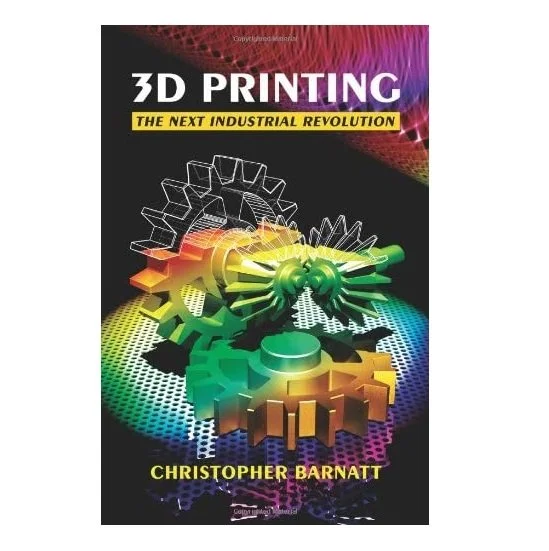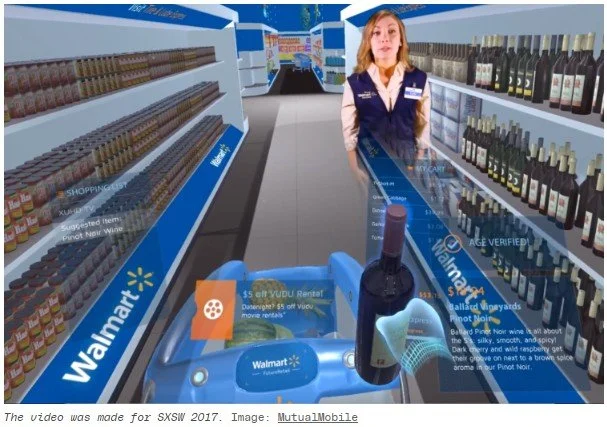Dodging Disaster: Stock Market Bubbles Since 2000
Katie hangs up the phone.
Joe: “Who was that?”
Katie: “A guy called in, and says he has $250k in AMC stock. He bought 10,000 shares at $5. They’re now worth $25 each. He has a $200k gain.”
It was just before lunch in December 2021. The meme stock rally had started to fizzle.
Joe: “Whoa, nice. Why did he call?”
Katie: “He makes about $50k a year. He doesn’t have any other investments and doesn’t own his home. I told him we’d be happy to meet, but will probably encourage him to sell some shares and take profits.”
Joe: “So what did he say?”
Katie: “Said he thought it could rally to $1,000 per share. He’ll call us back”
He never called back. The stock is currently worth $0.35 per share (split-adjusted).
To All the Bubbles I’ve Loved Before
Investment bubbles come and go like the tide. While each wave is different, they all have a few things in common:
The promise of a world-changing technology or financial angle
A “Now or Never” FOMO pitch
(In hindsight) Lack of profit, broken promises
Most people have probably heard of the Tulip Bubble and the South Sea Bubble from the 1600s/1700s. Respectfully, those happened so long ago it might as well have been in another universe. I’d like to examine a few examples from the last 25 years:
The Dot Com Bubble (2000-2002)
You can’t start in the year 2000 and ignore the internet stock mania. What’s crazy about the bubble bursting is that all those promises of the internet did come true, just not quickly enough. The Nasdaq had surged nearly 6x by it’s peak in March 2000. It then dropped 80% over the next 2 years. Companies ran out of funding before revenue could scale, and bankruptcies followed.
Of course, the internet eventually changed our world as the iPhone, Netflix, and Uber arrived.
Poster Children: High Profile bankruptcies from Pets.com, Webvan, and WorldCom
The Housing Bubble / Great Financial Crisis (2006-2009)
This one needs no introduction. Housing prices went up, lenders lowered their standards, and the economy slowed. When low-credit borrowers defaulted, the ripple effect on the economy and markets was breathtaking. The dark side of leverage was on full display. It did spur some great movies and books though, like “The Big Short” by Michael Lewis.
Poster Children: Lehman Brothers, AIG, and Bear Stearns bankruptcies rocked the world
A Classic CNBC Moment
Nanotechnology Bubble (Early 2010s)
This bubble didn’t get enough attention. Touted as the next “industrial revolution”, nanotechnology would “fundamentally change every industry and aspect of life”. The Government greenlit over $40 Billion of R&D spending, and by 2005 there were 1,200 nanotech startups. Naturally, this fueled a "gold rush" mentality among investors.
Nanotech stocks followed the well-worn path of a bubble: world-changing applications didn’t arrive fast enough, and neither did the revenue. Many of the companies changed their focus or shut down altogether.
Poster Children: Nanostring Technologies, Arrowhead Research bankruptcies, The Powershares PXN Nanotech Fund closed in 2015.
The Rare Earth Elements Bubble (2010-2011)
The Rare Earth Elements trade turned out to be fool’s gold. These elements are needed to power EVs, Smartphones, and Technology. Some of these elements’ prices exploded 26-fold, which led to a focus on specialized mining stocks.
Poster Child: Molycorp IPO’ed in 2010 at $14 per share, and made the cover of the WSJ. It then Peaked at $75, and eventually went bankrupt in 2015.
3D Printing Bubble (2013-2014)
The idea of "desktop manufacturing" captured the public imagination in 2013. News articles and TV segments showcased individuals printing various objects (from toys to custom parts) leading to a belief that people would 3D print everything. It would be- stop me when you’ve heard this before- the next industrial revolution.
Poster Children: Stratasys peaked at nearly $140 per share, 3D Systems approached $100 per share. Today, shares are down 93% and 98% respectively.
Cryptocurrency Bubble 1.0 (Crypto winter: 2017-2018)
Holiday dinners in 2017 were all about Bitcoin. At the beginning of 2017, Bitcoin was trading at around $998. By the end of the year, it had soared to nearly $20,000.
Of course, media attention and investor demand gave rise to several “Altcoins”, as people hoped to profit from “the next Bitcoin”. In 2017, hundreds of new coins went public, half of which failed within months. Several were scams, and by 2019 the majority of Altcoins lost 90-100% of value. Even Bitcoin dropped back to $3,000 by December of 2018.
Poster Children: Too many dead altcoins to name. Here are some of the biggest “survivors” during the 2018 Crypto Winter:
These were four of the Cryptocurrencies that (barely) survived the 2018 Crypto Bear Market
Meme Stock Bubble (2021-2022)
AMC, Gamstop, Blackberry and Tilray had hundreds of mentions daily on Reddit trading boards. The “retail army” had sparked a frenzy to drive up share prices of heavily shorted companies. This meant forced institutional buying (short covering), further gains, further interest etc. Their thesis ignored fundamentals like company earnings and valuations. Many expected 1000x returns. All were disappointed.
Poster Children:
popular meme stocks from July 2021- Present. Not Pictured: BBBY (Bed Bath & Beyond: Bankrupt)
Electric Vehicle Bubble (2021)
2021 was an absolute buffet for bull$hit artists. Tesla’s success as a business and a stock inspired countless competitors to join the Electric Vehicle space. Statewide EV mandates in California stoked demand. Why couldn’t the market have another winner like Tesla?
Rivian went public in 2021 and rocketed to a market cap of over $100 Billion. They delivered a total of 1,015 cars that year. That’s a market cap of $98 Million per car sold.
Electric vehicle adoption stalled, as consumers dealt with range anxiety and high sticker prices compared to traditional vehicles.
Poster Children: Start-up company Nikola (How creative! The first name of Nikola Tesla!) promised long-haul trucks. Lordstown Motors designed EV pickups. Workhorse was a high-profile finalist to provide postal service trucks. Canoo had a unique platform to build EVs. All 4 are on the verge of (or completed) bankruptcy.
The MetaVerse 2021-2022
A digital universe. Virtual land for sale. Facebook changing its name to “Meta”. This was one of the generational pump-fakes that few actually fell for.
A post-pandemic obsession with screentime led corporate and venture capital to build out digital worlds for our minds to play and work in. If that sounds dumb, imagine going to digital Walmart and buying digital wine and not catching a real buzz.
Poster Children: NFT collections, Digital Real Estate on SandBox and Decentraland, and Meta’s “Reality labs” lost tens of Billions.
Potential AI Bubble (2022-?)
AI is fun. I enjoy the chatbots for research and note-taking for clients. I also have a healthy skepticism that it won’t eventually enslave humanity.
There is a lot of rhetoric around AI, and prices have soared since the unveiling of Chat GPT. How will this boom end? I guess we’ll find out!
Financial Advice in a Bubbly World
Bubbles can be fun to participate in on the way up. They can also scar investors for life when they pop.
The job of a financial advisor can include stock recommendations. Sometimes it’s the opposite: We’re like bouncers, tasked with keeping bad ideas out of client portfolios. Nobody can identify every bubble in advance. What we can do is keep investments aligned with client goals, and try to keep moonshots to an acceptable minimum with money you can’t afford to lose.
If you’d like to discuss your portfolio, give us a call at 530-487-1777









